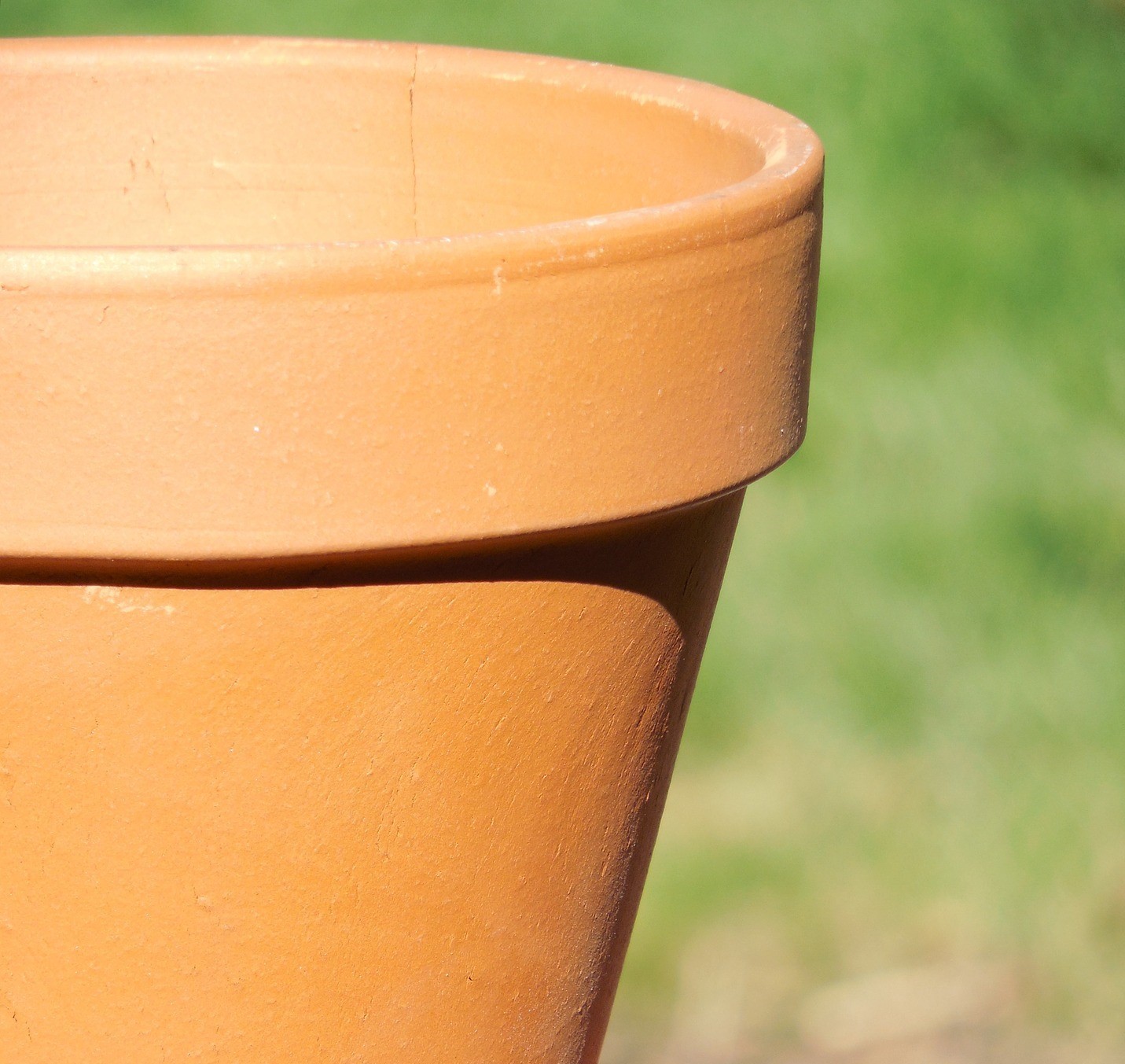There are 24 species of bumblebees in the UK and all seek out dry, dark holes to colonise and call home. Spotting these nests are rare, but, if you're lucky, you may catch a glimpse in a hole in a tree, under a boulder or wall, or in a bird box near you.

How to Make a Bumblebee Home
All you need is a flower pot, a tile or piece of slate, some rubber tubing or piping, and a little bit of pet bedding.
- Firstly, turn the flower pot upside-down in loose soil and cover with the tile to stop any rain getting in.
- Funnel the hose from inside the flower pot, underground and out for the entrance (make sure to pierce the pipe on the underside for drainage).
- Take a healthy handful of the pet bedding and put it in the pot
Inviting a colony into your garden isn't right for everyone. But by adding a few bumblebee-favourite plants to your garden, you can enjoy these lovable pollinators and help save species.

It is very difficult to convince a passing queen bumblebee to nest in your garden - even if offered a purpose-built home. However, there are steps you can take to encourage a colony in a green space near you.
Planting bumblebee-favourite flowers for when the queens are actively looking for a nest in spring is a great first step. Also, offering a pool of drinking water will help create the right environment. You can even create a bumblebee home of your own.
The nest site is chosen by a bumblebee queen. She will look for a site with good access to nectar-rich flowers, which the all-female workers will continually visit throughout the summer.
Bumblebees are non-aggressive. However, the clumsy, bumbling personalities we attribute to these much-loved bees can quickly change if they feel their nest is threatened. So its best to enjoy at a distance if you stumble across a nest.

